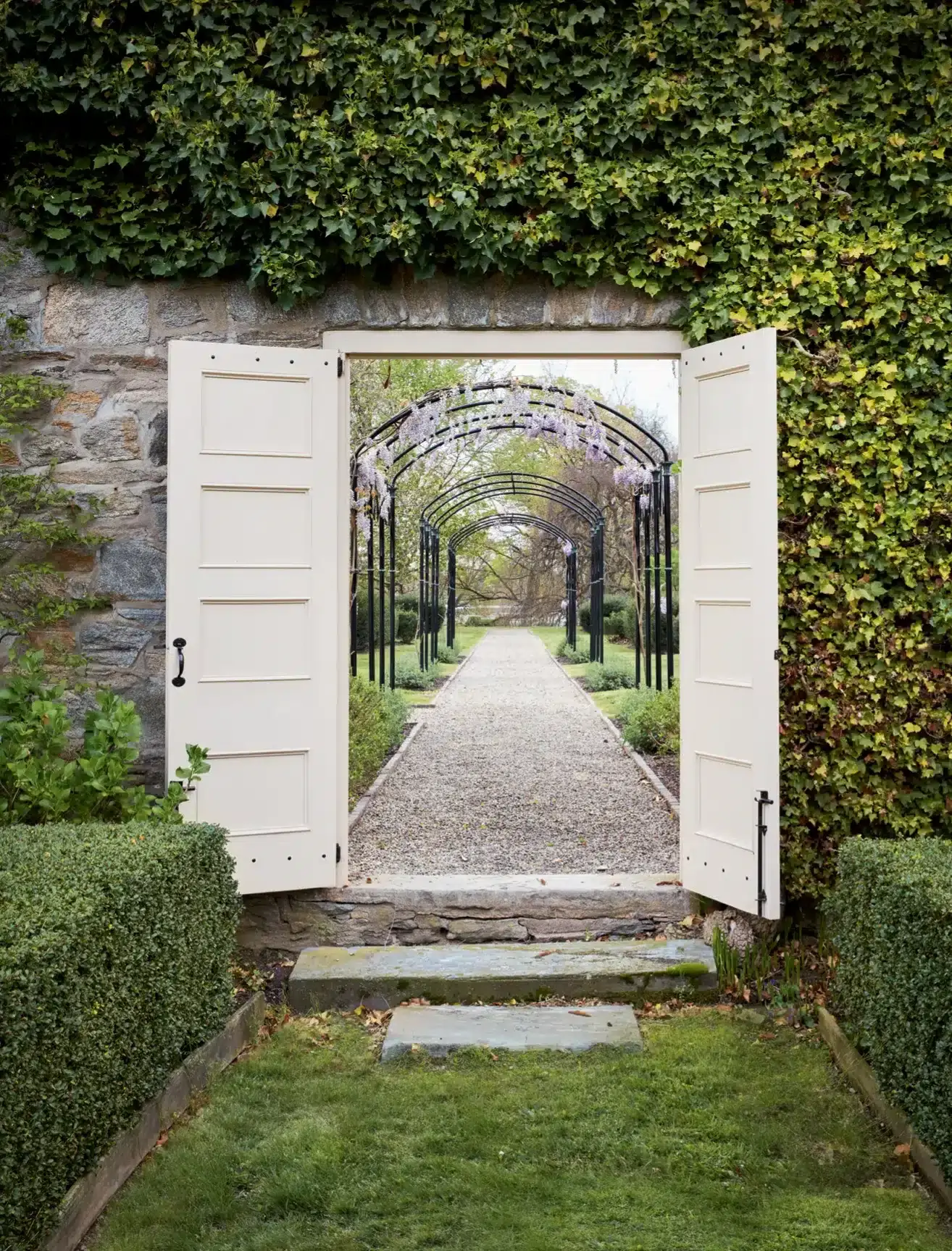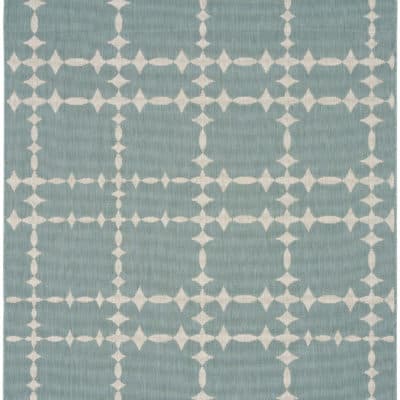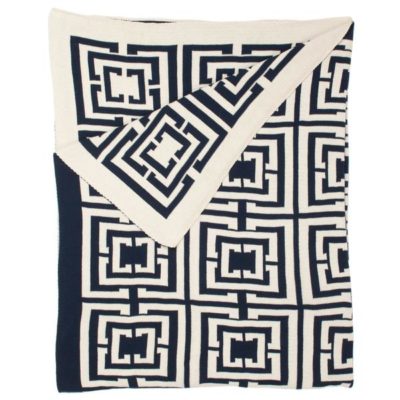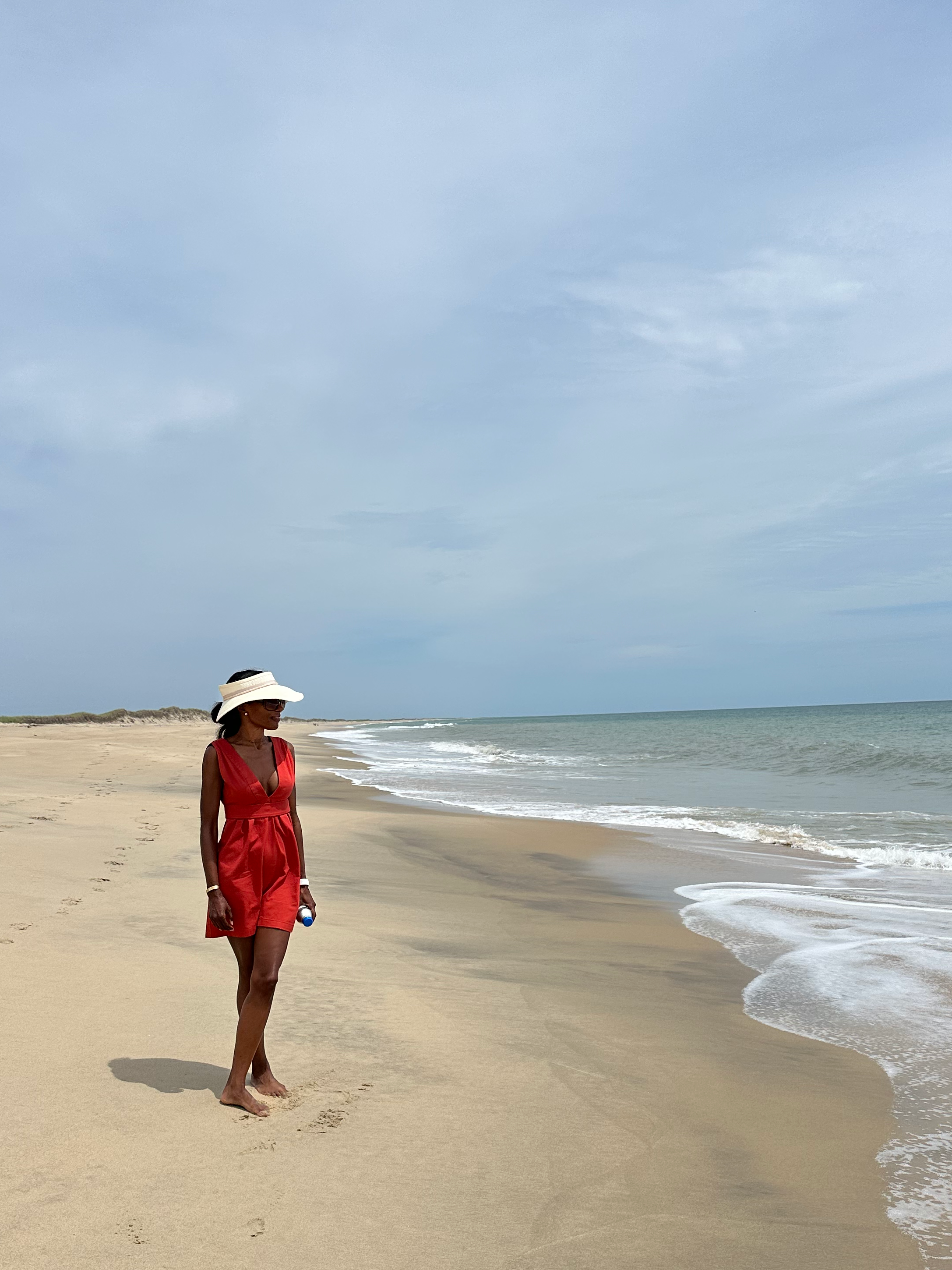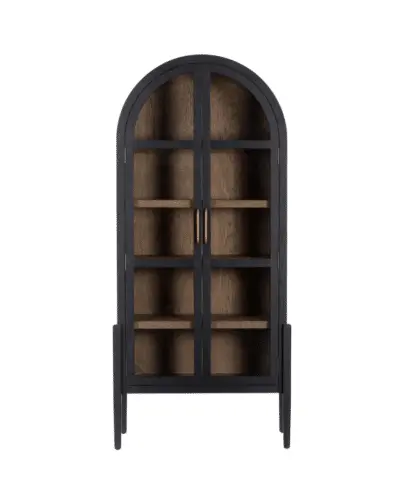
The exterior of the Andalusia Estate.
History of Andalusia Estate
Originally, the home was built by a Philadelphia merchant named John Craig in the late 18th century. It was a summer getaway for his family. John’s daughter, Jane, and her husband, Nicholas Biddle, oversaw extensive expansions of the property in the 1830s.
The enchanting gardens have since undergone a fascinating evolution. The estate is owned by Jamie and Kristin Biddle. They live there with their three children. Andalusia serves as both a cherished ancestral residence and a haven for a remarkable collection of flora and trees. In April 2020, the garden was registered as arboretum status in the esteemed Morton Register.
About The Gardens
The Biddles kindly donated 50 acres of their sprawling 100-acre Andalusia estate to the Andalusia Foundation in 1980. The public can experience the attraction and soul of the whimsical gardens. During the 1880s, Letitia Glenn Biddle added an air of elegance and an abundance of flowers. Inspired by this legacy, Jamie and Kristin attempted to rejuvenate the gardens in 2014, hiring renowned landscape designer Arabella Lennox-Boyd. Jamie and Kristin both drew inspiration from their extensive book collection and saved magazine articles. Arabella set about her task with great imagination, visualizing enormous flower gardens bordering the verdant road. The unique florals include blue brunnera macrophylla ‘Jack Frost,’ violet-blue Phlox divaricata, white silver-grey Hosta ‘Halcyon’, and an array of brilliant greens beneath the trees. Arabella’s precisely planned plantings encircle the cornus trees.
The Green Walk
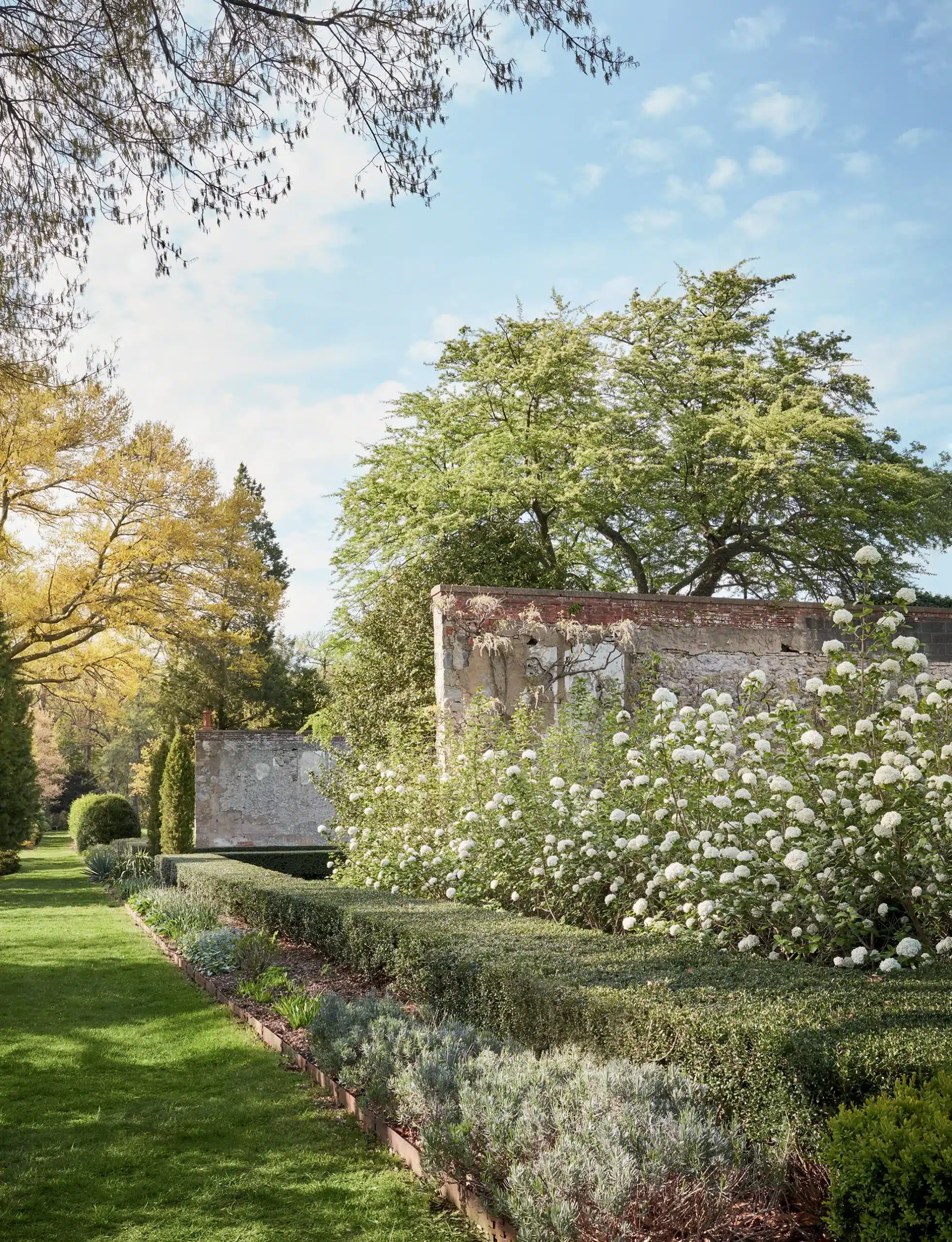
Photography by Ngoc Minh Ngo/ House & Garden
The garden is layered with many different flowers and greenery. The above photos feature Viburnum carlesii (rounded shrub in snowball-like clusters) and over an Ilex crenata hedge (Japanese holly). The 19th-century graperies and rose garden are enclosed by river-stone and brick walls.
Cornus Florida
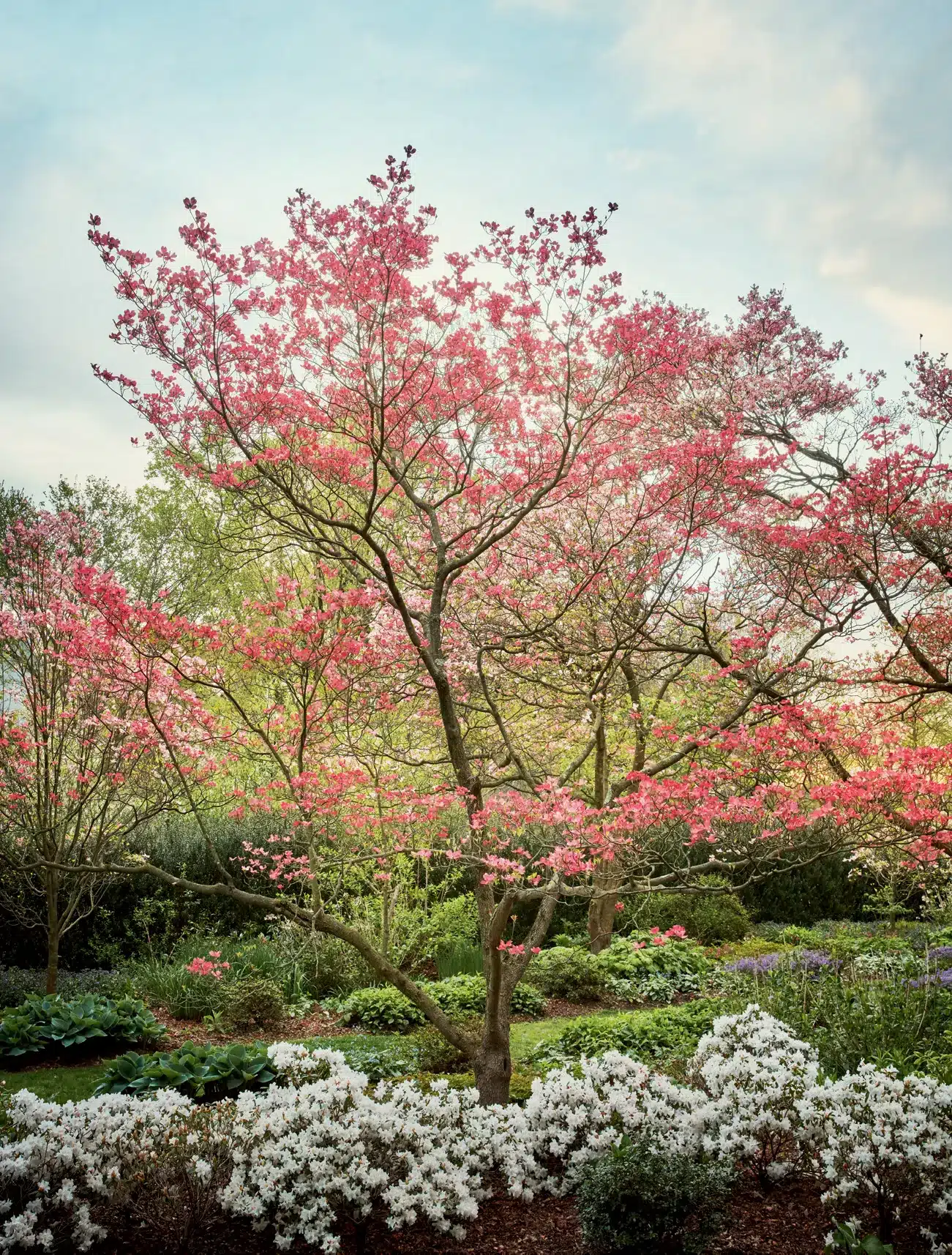
Photography by Ngoc Minh Ngo/ House & Garden
Cornus Florida are also known as flowering dogwood trees. It’s a rounded flower bracts and clusters of rose-hip-like fruits. Some of the trees are hybrids with rutgersensis that bloom in a beautiful pink color.
Fairy Roses
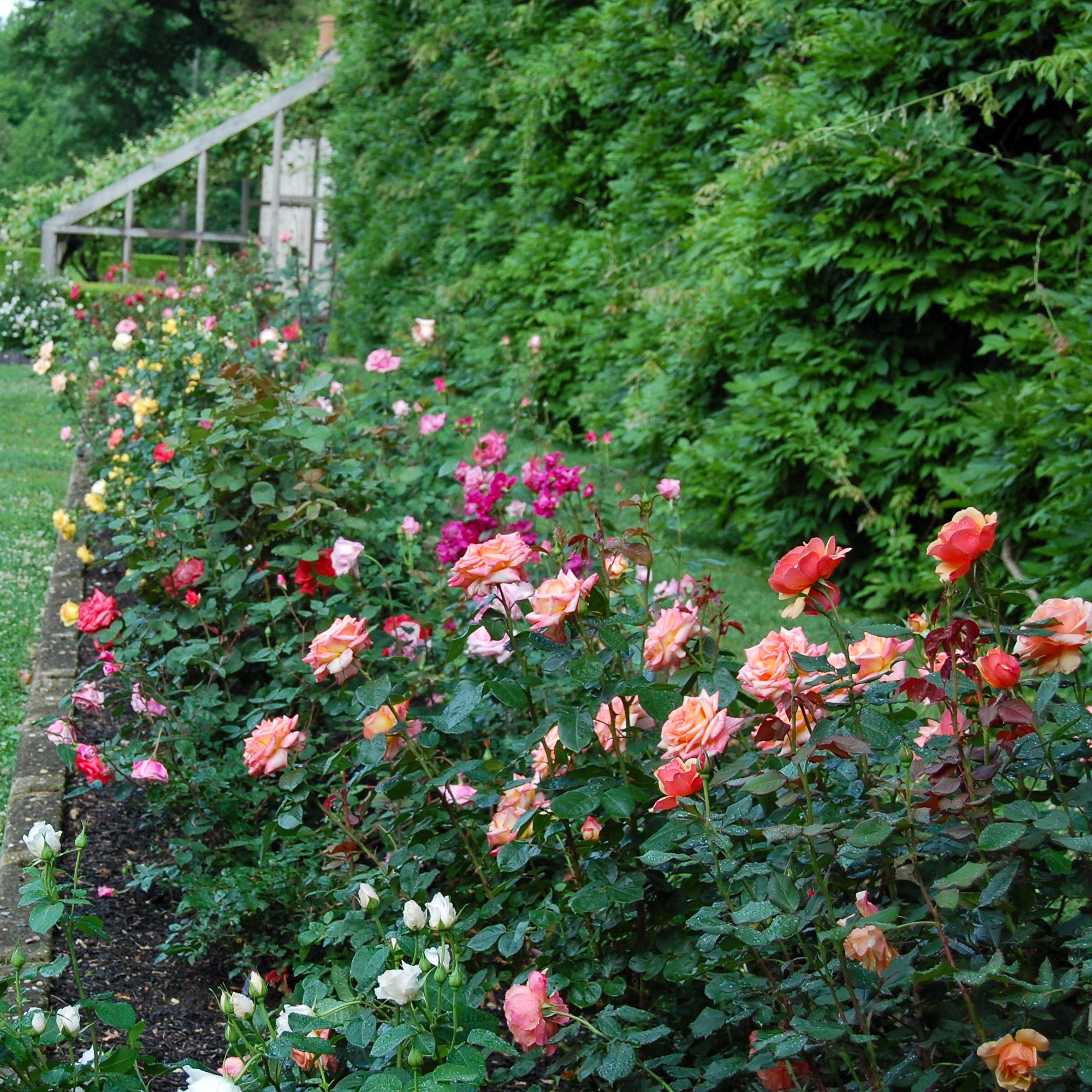
Photography by Andalusiapa
There’s a colorful row of long-blooming pink “fairy roses” at a garden entrance. It’s at the entrance of the nearby fragrant Rose Garden.
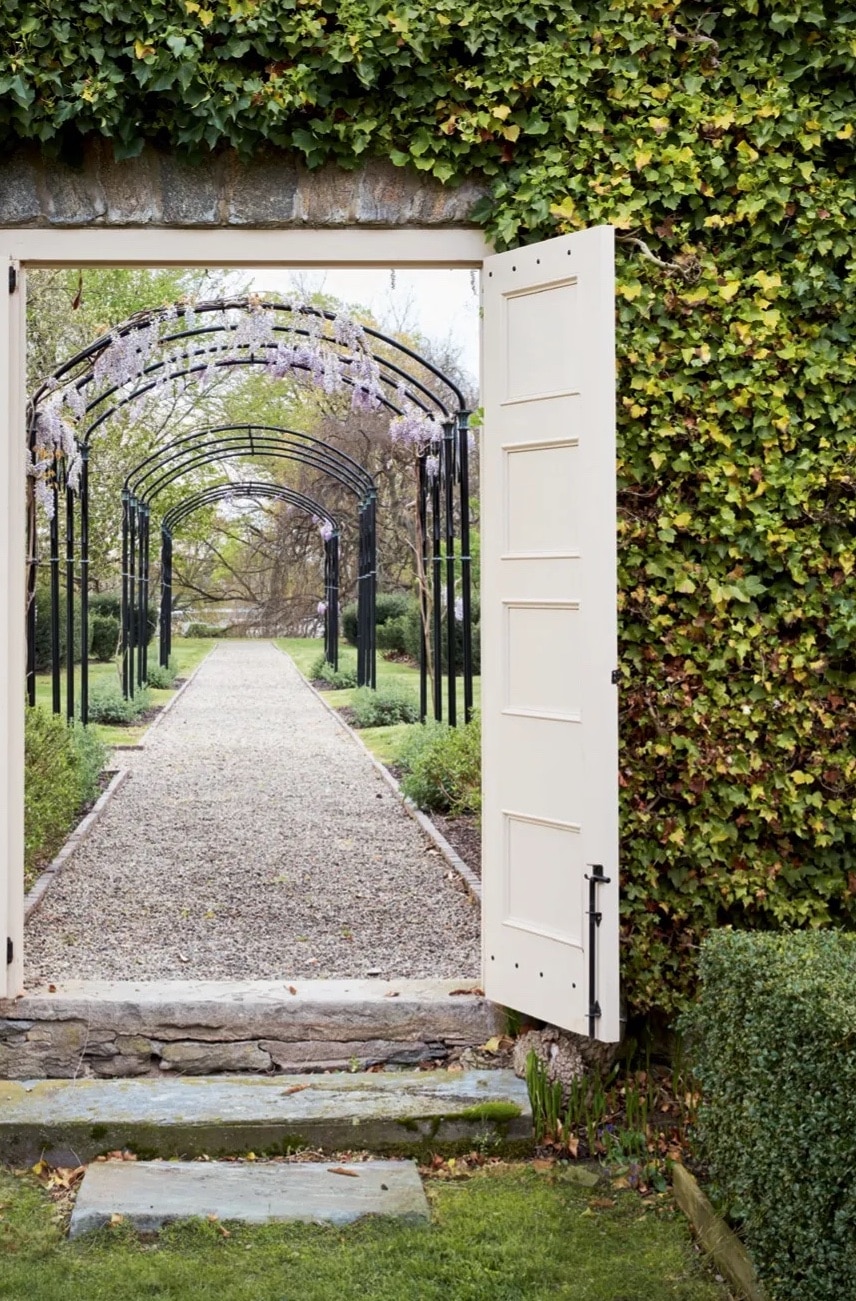
History of Wall Gardens
Walled gardens originated in Persia. They were designed to become a place of worship and reflection. Originally, they were not meant for growing plants. However, it soon became a popular technique to grow food. South-facing walls were used to grow espaliered fruit, and with the development of greenhouses, the growing season was extended and they became even more useful.
Historically, walled gardens were generally huge spaces, carefully tended by gardeners who worked closely with the home to meet its needs. According to House and Garden, one acre could feed twelve people. Some properties had up to 30 acres of walled gardens. For example, In 1844, Queen Victoria’s royal kitchen garden at Windsor was one of the largest walled gardens.
The Benefits of Walled Gardens
There are many benefits of having walled gardens. Visually, they create privacy and block out sounds. Another benefit is that gardeners in colder climates grow plants that flourish in climate zones higher than their normal local climates, which can increase productivity during the peak of summer. Walled gardens can be an investment and take a long time to perfect. However, if you use salvaged materials and plan your design correctly, they can be a sustainable, eco-friendly, and long-lasting gardening option.
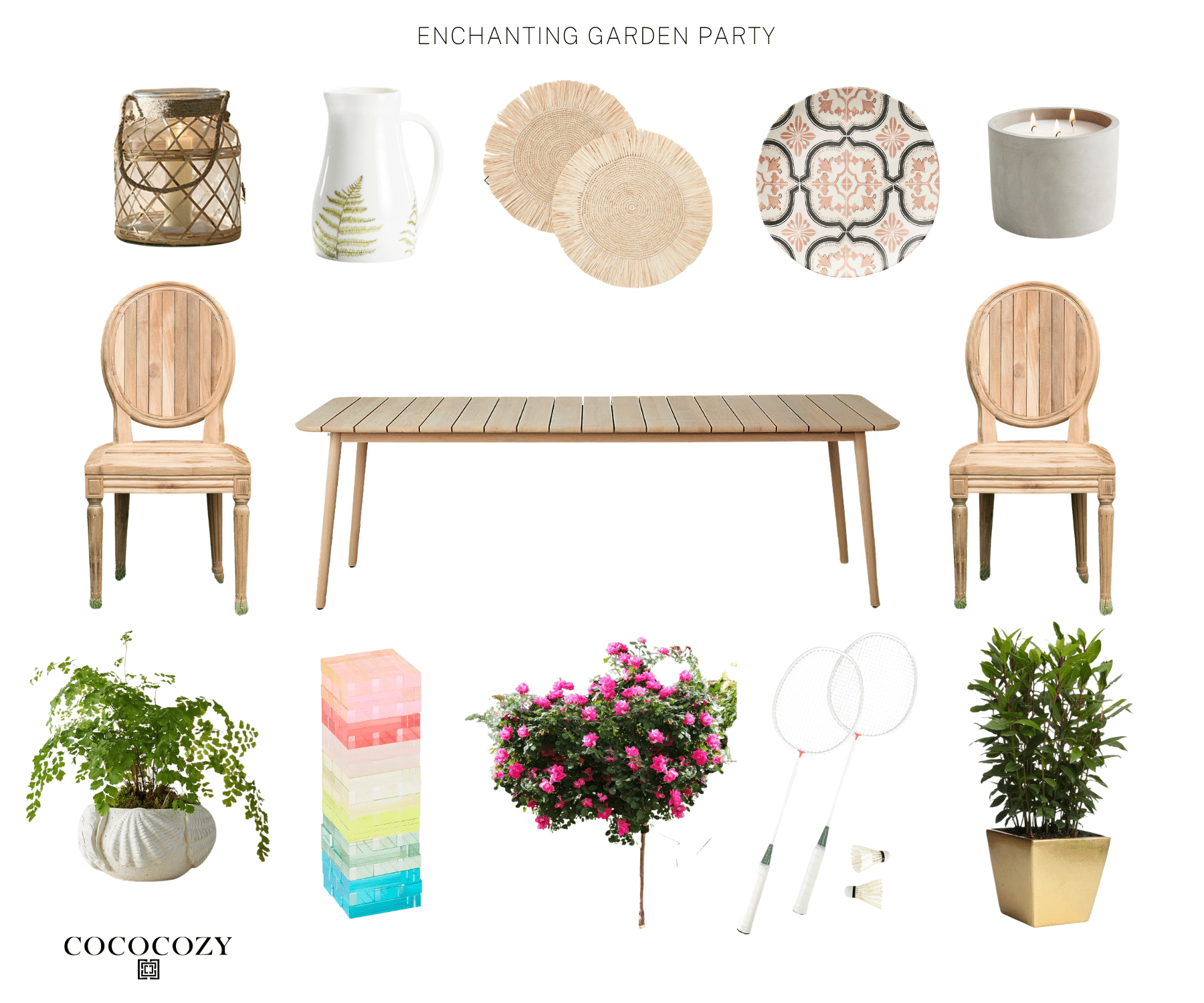
Outdoor Candle | Fern Pitcher | Raffia Placemats | Outdoor Candle | Printed Side Plate | Coastal Flower Plant
Teak Dining Chair | Teak Dining Room | Pink Rose Tree | Jumbling Tower| Badminton Set | Bay Laurel House Plant
Earn 7.5% cash back at Fast Growing Trees.with Chirpyest
What do you think about walled gardens? Would love to know if anyone has tried to create their own or inherited one!
Xo,
Coco

